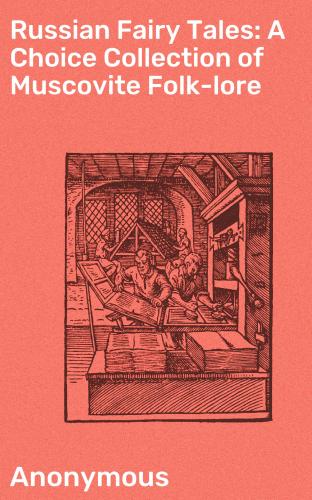[65] Afanasief, ii. No. 8, v. No. 5. See also Khudyakof, No. 76. Cf. Grimm, No. 34, “Die kluge Else.” Haltrich, No. 66. Asbjörnsen and Moe, No. 10. (Dasent No. 24, “Not a Pin to choose between them.”)
[66] Afanasief, ii. No. 5. Written down by a crown-peasant in the government of Perm.
[67] Mizgir, a venomous spider, like the Tarantula, found in the Kirghiz Steppes.
[68] In another story bearing the same title (v. 39) the spider lies on its back awaiting its prey. Up comes “the honorable widow,” the wasp, and falls straight into the trap. The spider beheads her. Then the gnats and flies assemble, perform a funeral service over her remains, and carry them off on their shoulders to the village of Komarovo (komar = gnat). For specimens of the Russian “Beast-Epos” the reader is referred (as I have stated in the preface) to Professor de Gubernatis’s “Zoological Mythology.”
[69] Afanasief, “Legendui,” No. 31. Taken from Dahl’s collection. Some remarks on the Russian “legends” are given in Chap. VI.
[70] Baruinya, the wife of a barin or seigneur.
[71] The chort of this legend is evidently akin to the devil himself, whom traditions frequently connect with blacksmiths; but his prototype, in the original form of this story, was doubtless a demigod or demon. His part is played by St. Nicholas in the legend of “The Priest with the Greedy Eyes,” for which, and for further comment on the story, see Chap. VI.
Конец ознакомительного фрагмента.
Текст предоставлен ООО «ЛитРес».
Прочитайте эту книгу целиком, купив полную легальную версию на ЛитРес.
Безопасно оплатить книгу можно банковской картой Visa, MasterCard, Maestro, со счета мобильного телефона, с платежного терминала, в салоне МТС или Связной, через PayPal, WebMoney, Яндекс.Деньги, QIWI Кошелек, бонусными картами или другим удобным Вам способом.
